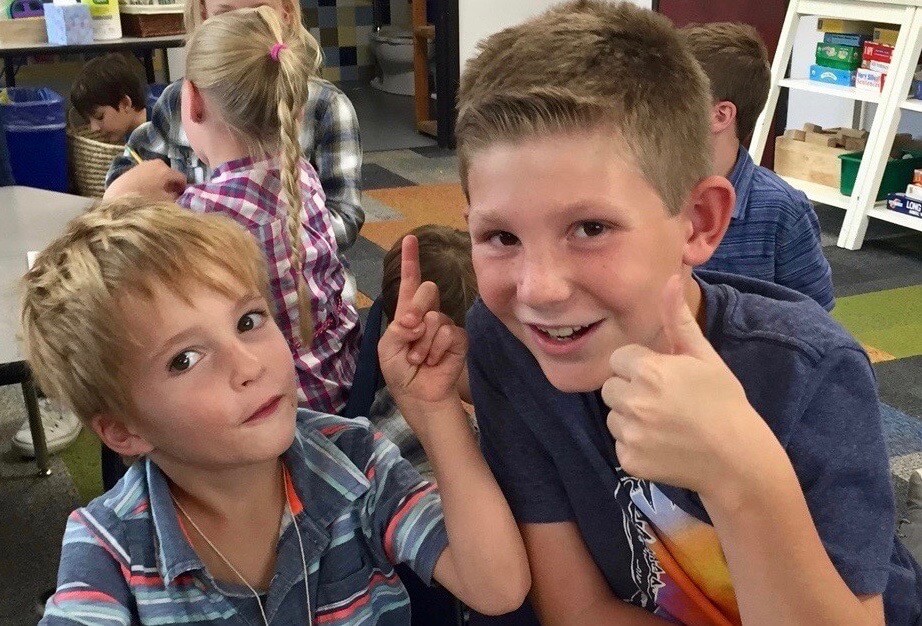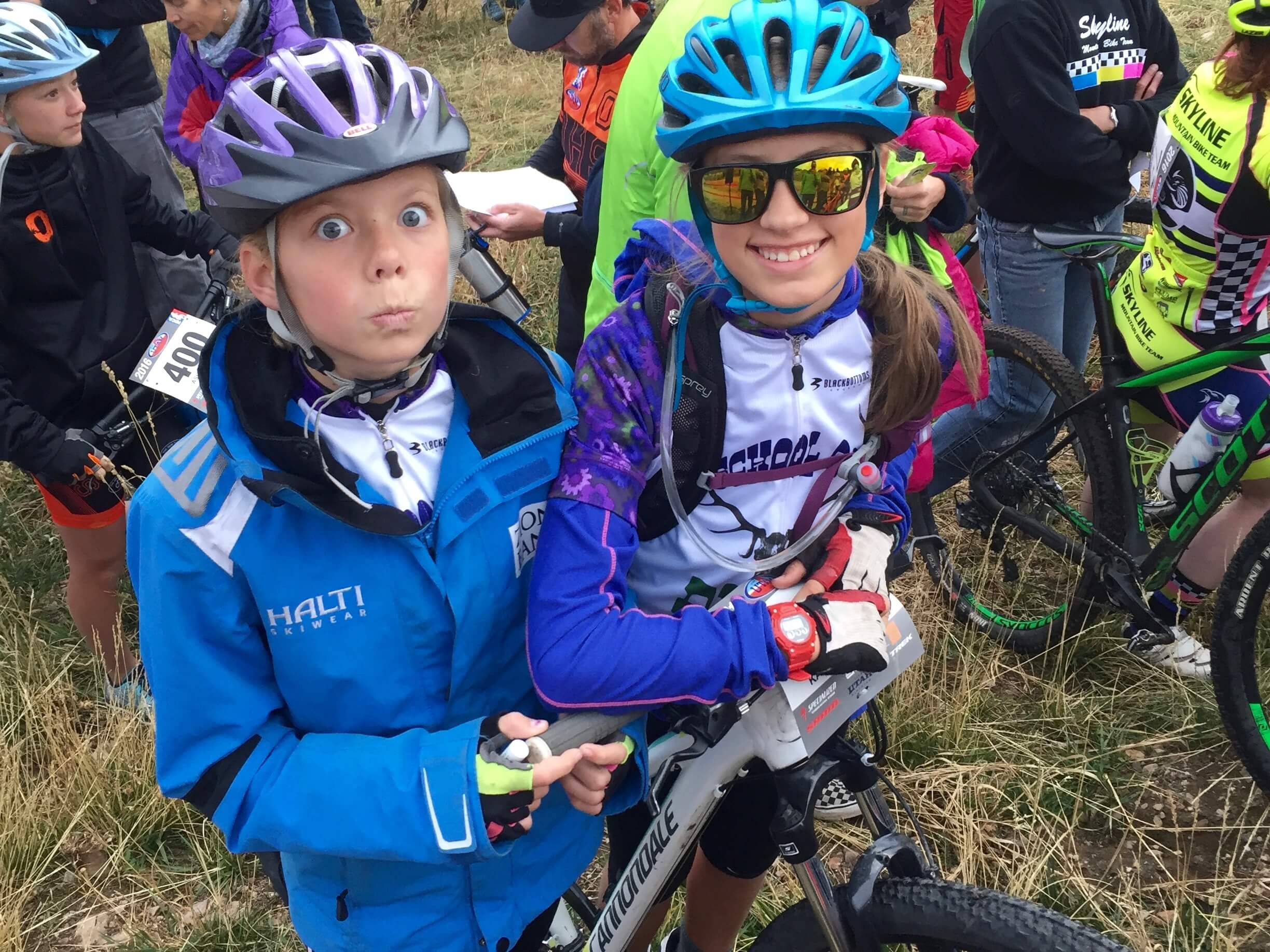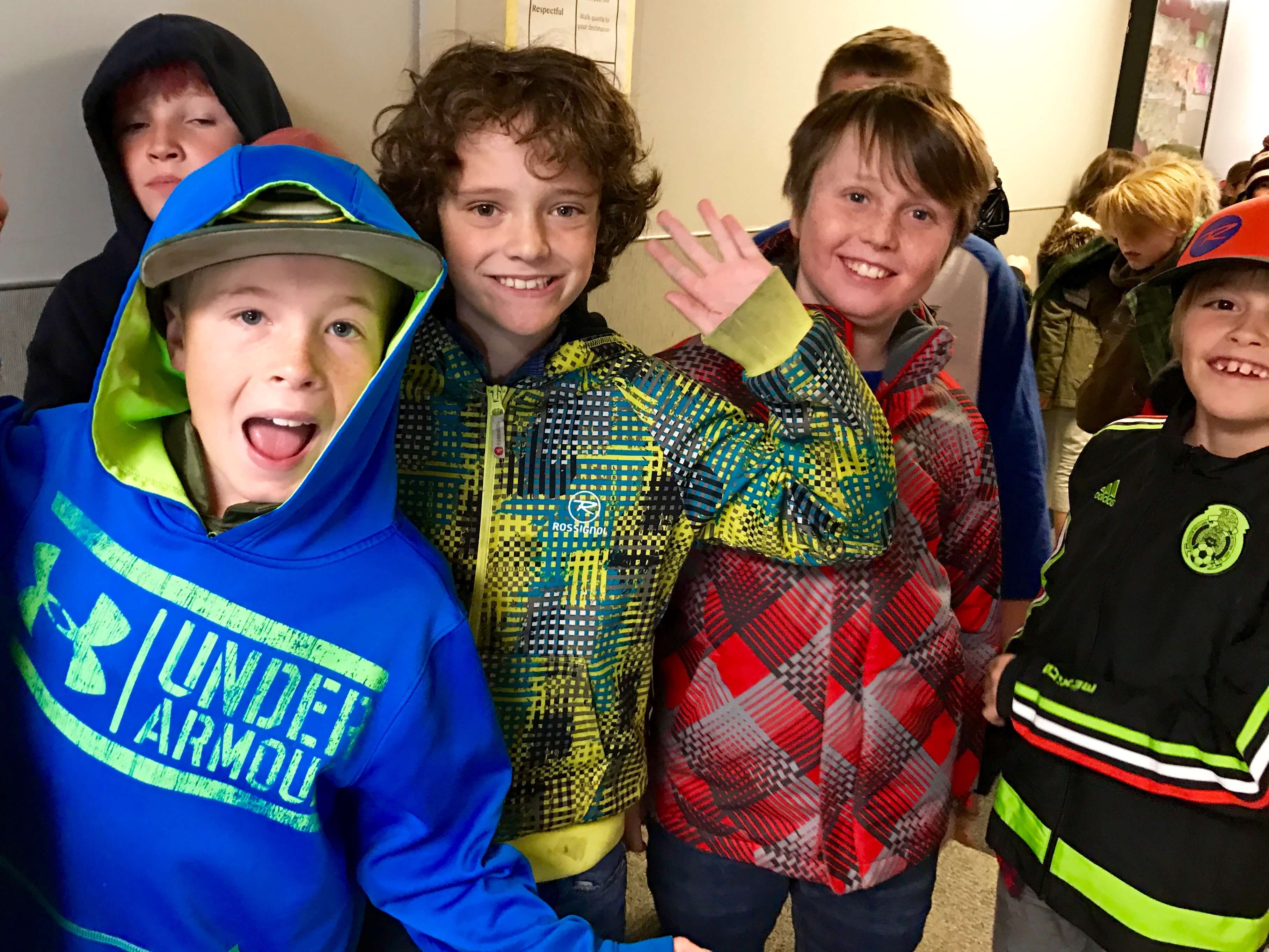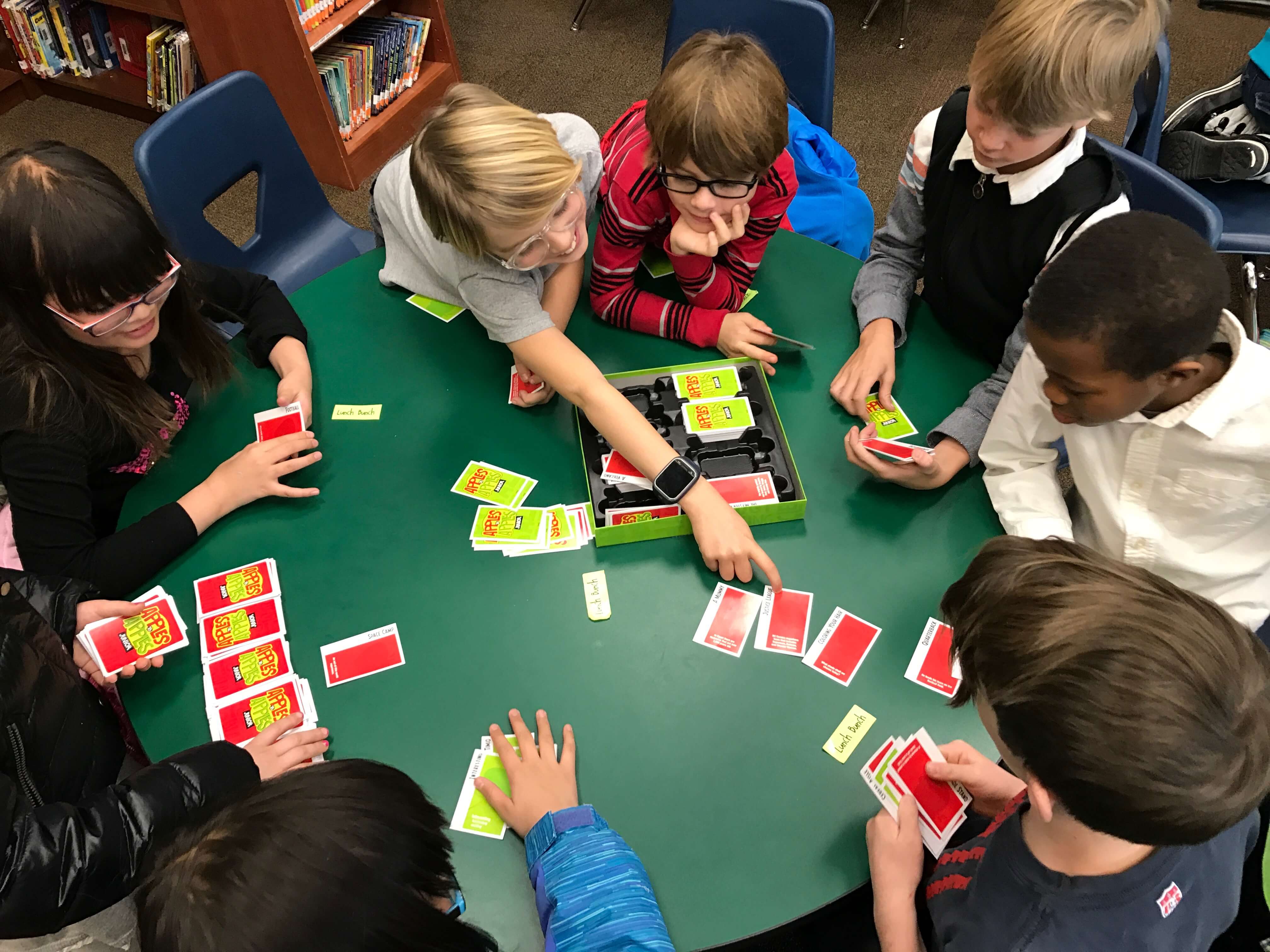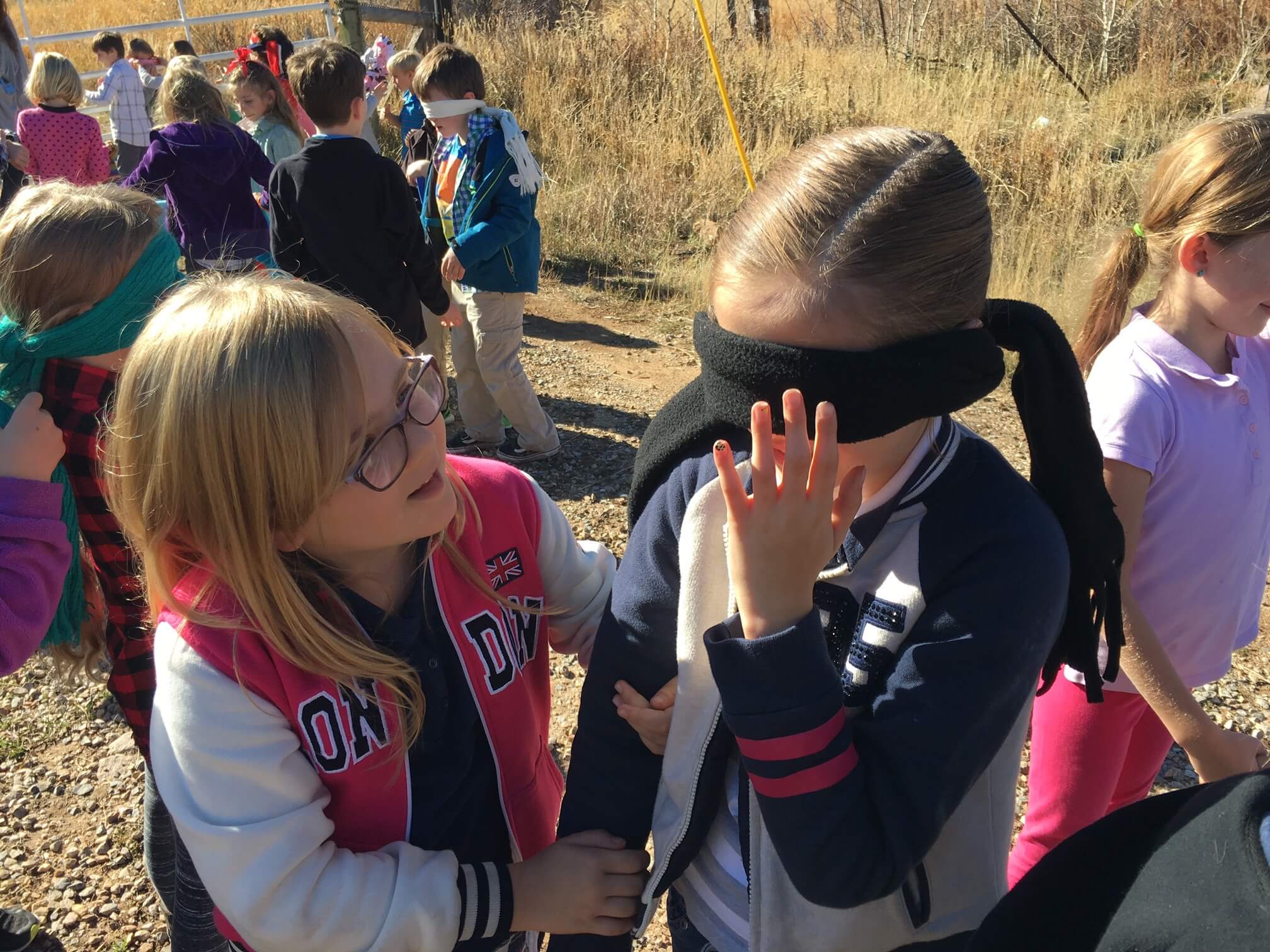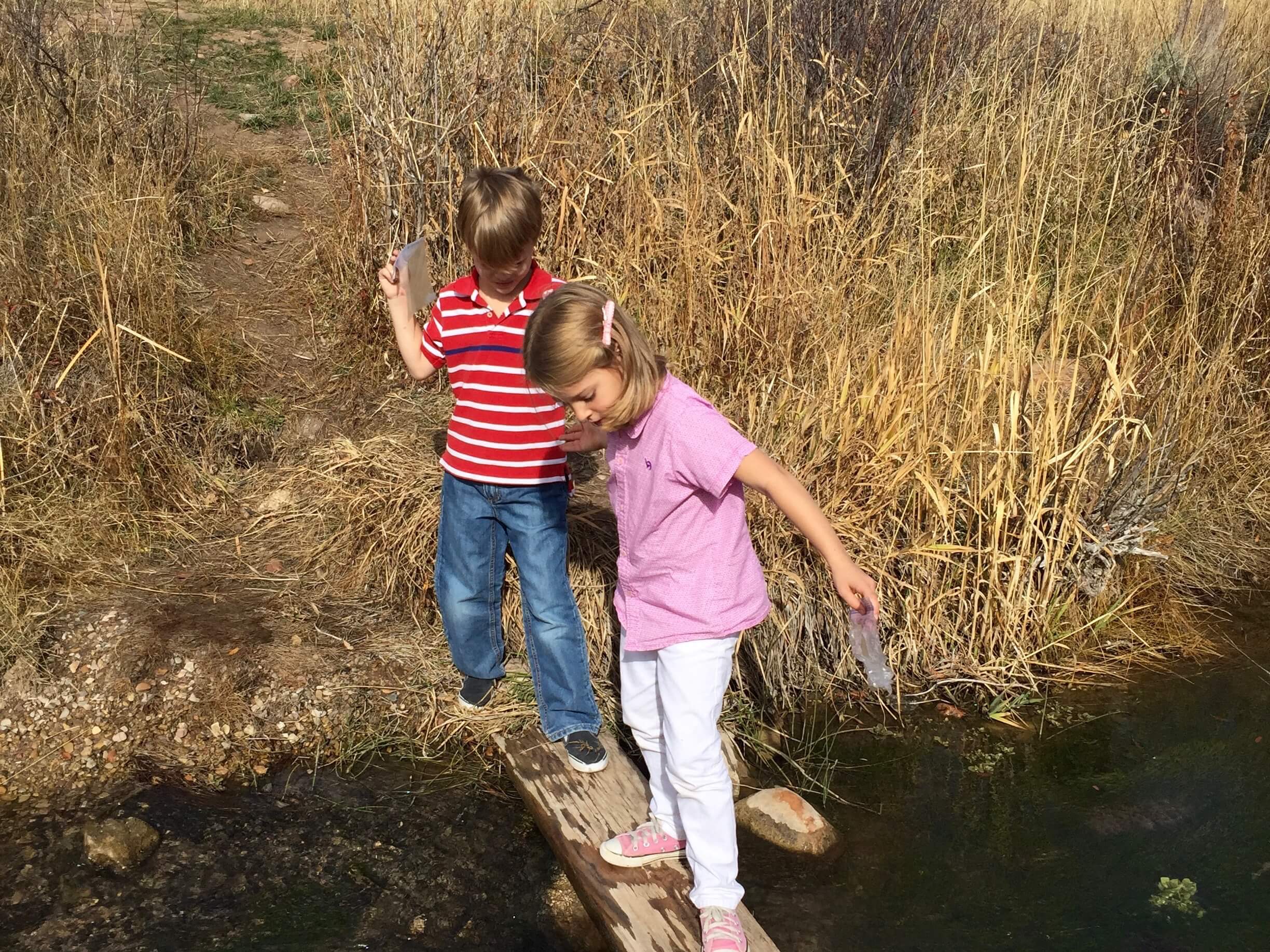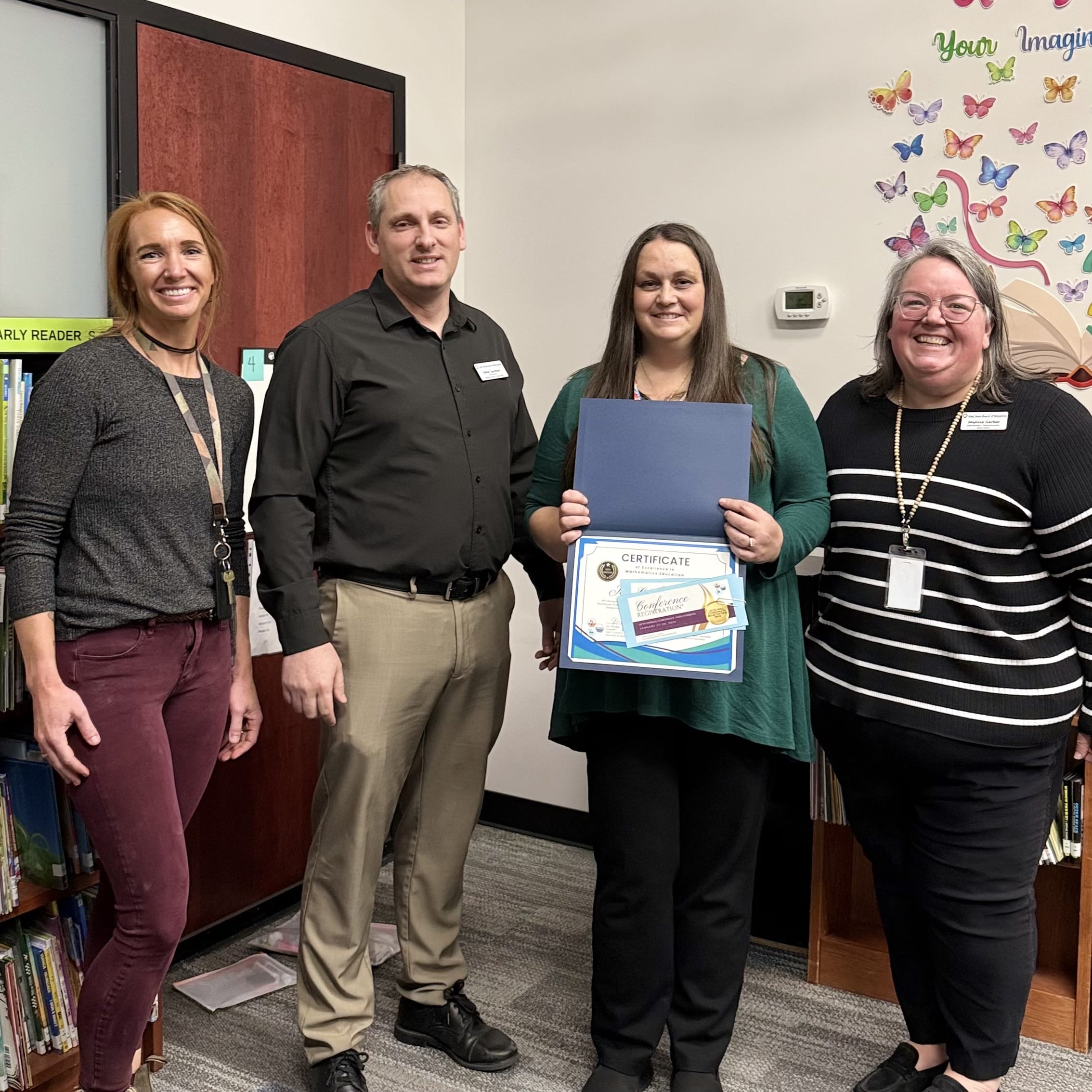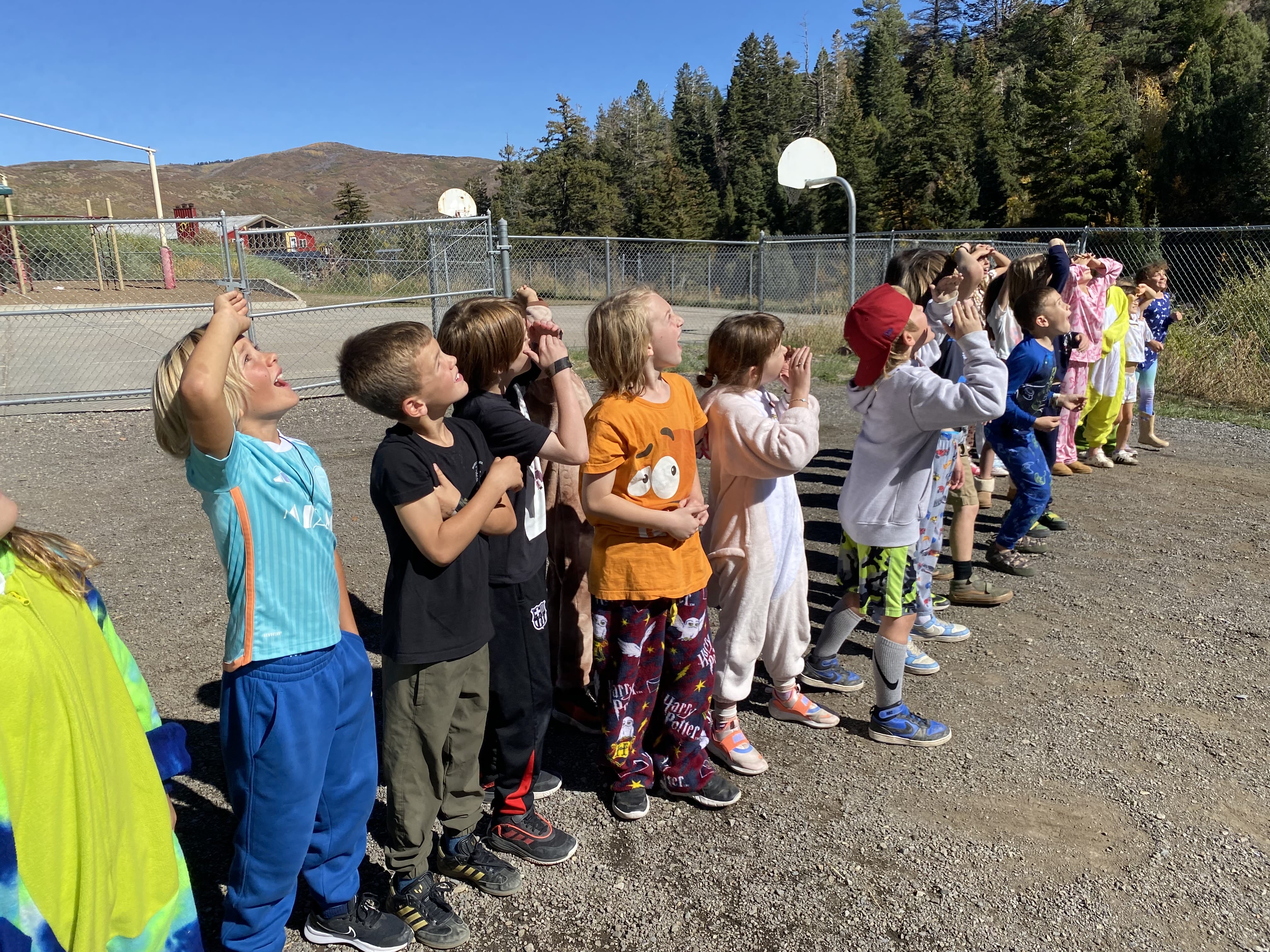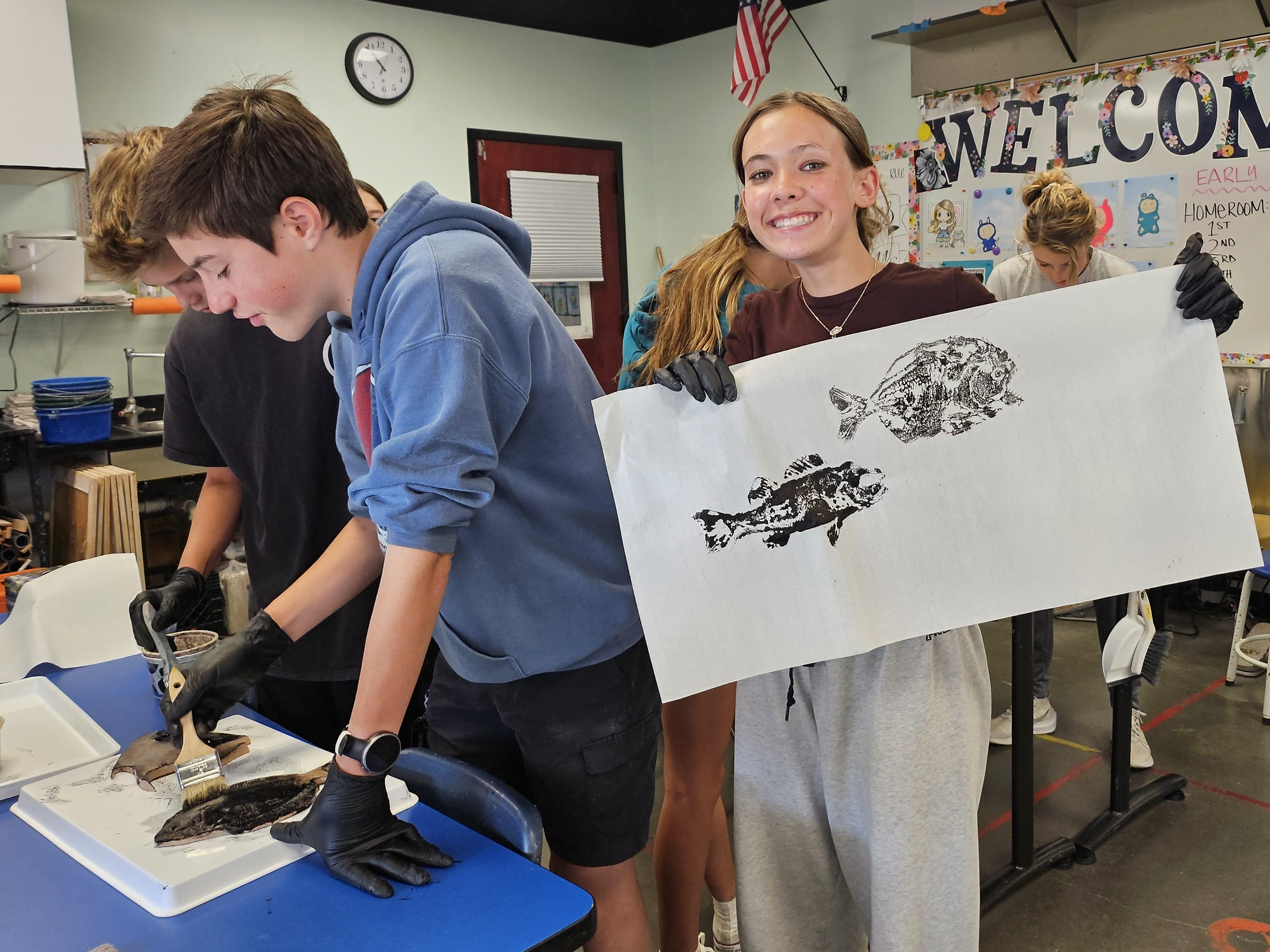Congratulations to Middle School Math Teacher, Jessica Hunsaker, who was recognized by the Utah State…
4. Living and Learning: Student Life at WSD
Parents often imagine what it might be like to be a “fly on the wall” and observe their student in action on a typical school day. Any parent who could actually achieve this would be a busy fly indeed, and would discover that there is no such thing as a “typical” day at WSD. “Every day is different,” explains Executive Director Cindy Phillips. “And student life is not confined to the classroom. There are excursions, field trips, off campus classes, assemblies, activities, grade level projects, and performances on any given day. Our students spill into the pods, hallways, courtyards and outdoor spaces for collaborative learning, individual and group projects, peer tutoring, differentiated learning, class activities, and social connection.” In short, a program dedicated to educating the whole child has a whole lot going on.
Providing multiple ways for students to interact and engage in learning creates multiple opportunities for them to find success—academically, socially, and personally. And when students have many opportunities to find success—whether in a classroom, subject, sport, activity, project or responsibility—they gain an expanded vision of themselves and of what they can become. “And that,” Cindy maintains, “is an education.”
In addition to benefitting from WSD’s core program, which gives students opportunities in music, art, outdoor education, Latin, hands-on science, and Adventure PE, a student may also find within a “typical” school day time set aside for teambuilding, a discussion on classroom culture, a service project, or peer tutoring. A visit to a “buddy” class, an afternoon of learning via the mobile classroom, a hike behind the school, or a class celebration. A presentation from the Hope Squad, a school performance, a field trip, or talent show tryouts. A lunchtime meeting of the chess club, magic club, weird movie club, or “lunch bunch.” An after-school meeting of Noetic Math, Odyssey of the Mind, Kids Yoga, Youth Theatre, or mountain biking. Strategizing on how to succeed in a math challenge, STEM challenge, snow fort challenge, or kindness challenge.
“In addition to all we put in place to create engaged learners and scholars,” Cindy continues, “we talk about, care about, and honor this space as one for students to develop a personal and social identity, and a deep sense of belonging. We consider those right up there with food, shelter, and physical safety—all are needed to provide an optimal education.”
Creating a learning community with a vibrant student life doesn’t happen by accident. It begins with teachers who know each student by name, personality, interests, and learning profile, and who recognize that students need time, space, and confidence to try new things and accept new challenges. “Authentic learning is a process that is messy, takes unexpected turns, and often involves more failure than success,” observes Lower School Director, Melissa Shunn-Mitchell.
“Students don’t risk that unless they feel safe and supported. When they feel secure in their connection to this community, we see them absolutely blossom. And the effects of just one success will spill over into other parts of their life — their academic progress, social skill, personal growth, health, and most of all, happiness.”

